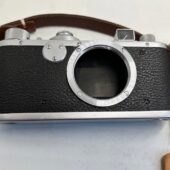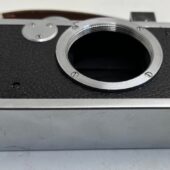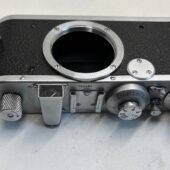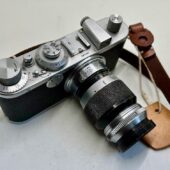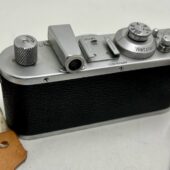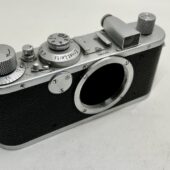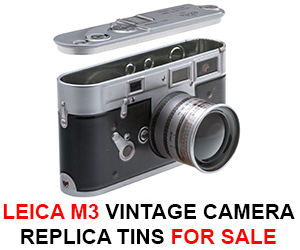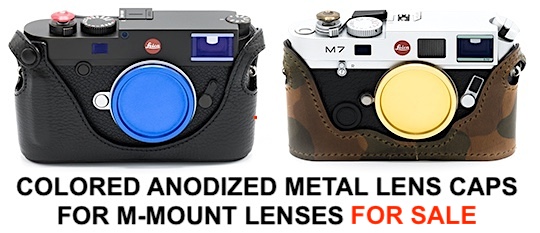
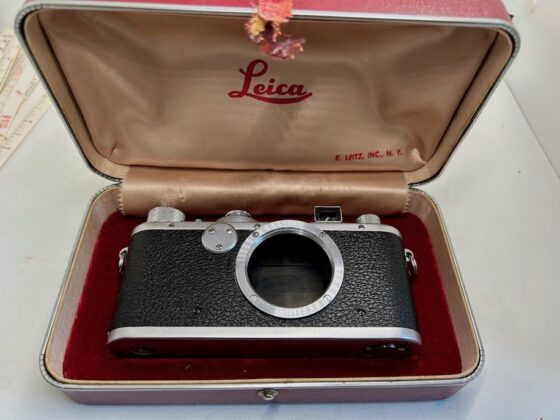

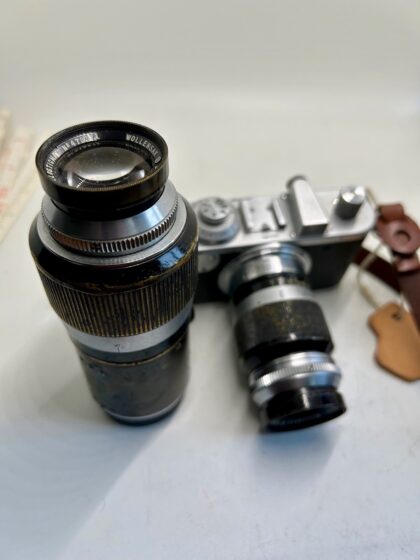
The American Standard is more than just a brand of toilets by Mark Kronquist, Member ILS/LHSA (@kronquistm):
I was flushed with excitement a couple of months ago when eBay had an auction for a Leica D R P Vintage Leica Parts:
”This vintage Leica D. R. P. camera from Ernst Leitz Wetzlar is a treasure trove of accessories with 2 manuals included. The lense manual has the year 1939 on the back cover with a sketching of the German manufacturing plant. With its classic black body and German engineering, it’s a collector’s dream. The camera is perfect for those who want to purchase for parts in order to restore or accessorize this or similar vintage cameras. It was purchased at an estate sale with a number of various parts and accessories but appears to be missing parts that can be seen in the manual. It will be sold as is and I can’t attest to the usability of the various parts and lenses. Please see photos for a better understanding of what is included and what is missing.”
On eBay, less-than-specific titles sometimes indicate interesting items…worth a further look, and this one certainly was… and while the early eBay days of .99 cent “Leicas” are long gone, there are treasures still to be found…including this auction. Thank you to my friend and author, James Lager – “Leica An Illustrated History Volume I”, Laney’s “Leica Collector’s Guide” and Paul- Henry van Hasbroeck’s “Leica A History Illustrating Every Model and Accessory” for their superb volumes and research. My friend, James Lager, confirmed the authenticity of this and other listings. I appreciate his help and often witty advice.
The Leica Standard was intended as an affordable entry into the Leica system and Leica Standards were in production from 1932 to about 1950. Standards were also popular with scientific and commercial users who did not need the added expense of a viewfinder for microphotography or recording telephone meters or x-rays or instruments. The Standard models also lacked the slow speeds.
World War II wreaked havoc on an unprecedented scale on humanity, on cultures, and even on something mundane as cameras. The COVID supply chain disruptions were nothing like those during the war and immediate post-war years. While the Leitz works escaped the destruction and division of Zeiss-Ikon, Leitz New York was seized by the United States government. Supplies of cameras and parts from Germany ended…and while most civilian sales were suspended during the war, the government and industry cried out for cameras and lenses. And, after the war, the returning GIs wanted Leicas to capture their booming families and newly created suburban islands of calm.
Meanwhile, back in Wetzlar, everything was in chaos. Skilled workers were scattered across the continent. Food, fuel, and raw materials were virtually non-existent. The Leitz works traded what few cameras they had on hand or could scrape together from salvaged prewar parts to the American Occupation Forces for coal and food for the community, factory, and workers.
Leitz New York had been seized by the American government as it was deemed part of a hostile enemy company. Cut off from shipments from Germany, the company did what it could to compete for Military orders. It made negative storage boxes and sold The Leica Manual. It also created the X-Ray Leica and, eventually, the New York Standard.
The New York Standard was made from Leica III body shells. Conveniently, unlike normal Standards, these shells also had strap lugs. Less conveniently, they also had a cut-out for the slow-speed dial and mechanism. Left uncovered, this opening would have been a freeway to damaging dirt and dust. Leitz NY Solved this with a quarter-size metal cover held in place by three screws. In addition to the unique serial number range, the strap lugs and metal slow-speed cover are instant identification points should you see one on a camera store case or camera show table.
The Standard, including the New York Standard, is not engraved Leica, And, even though the New York Standard was assembled in the United States, it is engraved “Germany” along the rear of the top deck.
Many Leica production records were lost during the war, and Leica agencies and dealers assembled cameras from spares and display dummy models so records from the era are not absolute, Total production of all Standards was 27225 units from 1932-1950. Of these cameras only about 450 were New York Standards making this camera about as rare at the SAAR, IIId and MP.
Personally, I have been seeking a New York Standard since my photojournalist grandmother gave me a copy of the Van Hasbroeck book while I was in school.
Standards occasionally pop up on high-end auction sites at equally high-end prices,
Were I to search for one today, I would reach out to Sean Cranor, Leica San Francisco, and Dan Tamarkin, Tamarkin Cameras, Chicago, and ask them to keep an eye out for one.
In addition to the NY Standard, in the war and immediate post-war era, Leitz New York also worked with the American lens company, Wollensak, to offer Leica Mount Lenses including a 50mm f3,5 in what seems to be a Hektor mount, a 90mm f4.5 and a 127mm f4.5…”all made by Leitz American Craftsmen” They also offered a 50mm f4.5 enlarging lens from Wollensak.
James Lager’s long-out-of-print book Leica Literature reproduces some period literature about these war and post-war products and is worth seeking out for Leica collectors and users.
The pictures include many views of my NY Standard, a screenshot from the eBay auction, photos of the camera in the proper NY Delivery case, and photos of the camera with two of the Leitz New York lenses, the 90 and 127.
Thank you to George and Camera Solutions, Portland, Oregon, for fishing the broken shutter tapes and a CLA.
I have trimmed the leader and loaded some Candido 400 C-41 film enough writing, it’s time to take my Leica NY Standard out and go shooting.
View this post on Instagram
